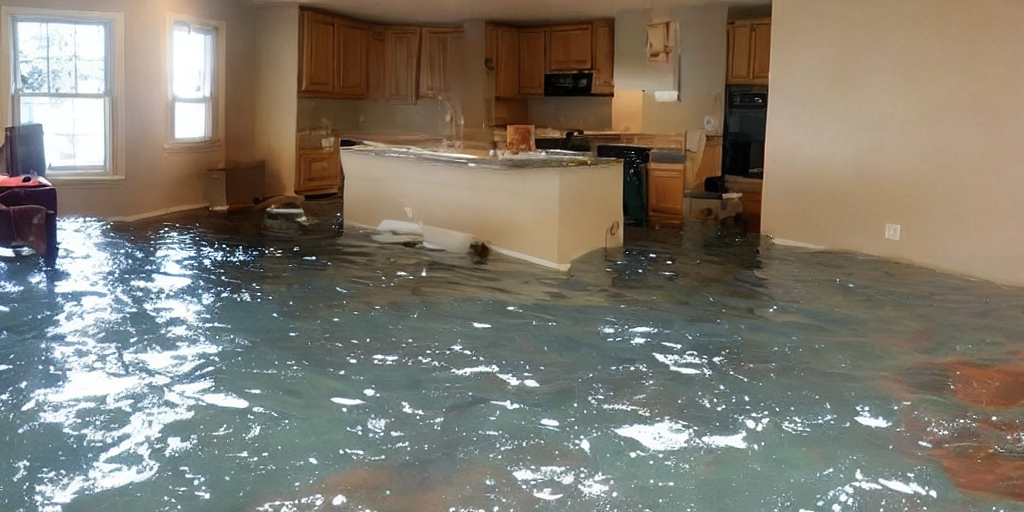Introduction
Water damage is an unforeseen adversary that can wreak havoc on homes and businesses alike. From burst pipes to sudden floods, the aftermath of water damage demands swift and strategic action. In this comprehensive guide, we’ll explore the immediate steps to take after water damage, the intricacies of water damage restoration, the significance of remediation water, and the diverse methods employed in the process.
What should I do immediately after water damage?
The first few moments after discovering water damage are critical. To minimize the impact and prevent further harm, consider the following steps:
a. Safety First: The safety of yourself and others should be the top priority. If there is any risk of electrical hazards, evacuate the area and turn off the electricity. Safety must always come first in any water damage situation.
b. Identify the Source: Determine the source of the water damage and take steps to stop or control it. Whether it’s fixing a leak, shutting off the main water supply, or blocking entry points for floodwater, addressing the source is fundamental to halting further damage.
c. Document the Damage: Document the extent of the damage by taking photographs and videos. This visual record will prove invaluable when filing insurance claims and will serve as a reference during the remediation process.
d. Remove Excess Water: Swiftly remove standing water using towels, buckets, or a wet/dry vacuum. Timely action in this regard can prevent structural damage and mitigate the risk of mold growth.
e. Ventilate the Space: Increase ventilation by opening windows and doors to aid in the drying process. This helps reduce humidity levels and minimizes the potential for mold development.
Also Read: Safeguarding Your Property: The Essentials of Emergency Water Removal
What is the meaning of water damage restoration?
Water damage restoration is a comprehensive process designed to return a property to its pre-damaged state after water intrusion. This multi-step process involves:
a. Assessment: Professionals assess the extent and categorize the damage, developing a restoration plan tailored to the specific situation.
b. Water Extraction: The removal of standing water using specialized equipment is crucial to prevent further damage and expedite the drying process.
c. Drying and Dehumidification: Thorough drying and dehumidification are essential to eliminate moisture and prevent the growth of mold. Industrial-grade fans and dehumidifiers are employed for this purpose.
d. Cleaning and Sanitizing: Surfaces and belongings are meticulously cleaned and sanitized to eliminate contaminants, ensuring a safe and habitable environment.
e. Restoration: This final step involves repairing or replacing damaged structures, such as drywall, flooring, and insulation, to restore the property to its original condition.
What is remediation water?
Remediation water is a pivotal aspect of the water damage restoration process. It refers to the strategic and corrective measures taken to address water damage comprehensively. Remediation water doesn’t merely focus on visible damage but extends to identifying and rectifying underlying issues to ensure long-term stability and prevent future incidents.
What are the methods of water remediation?

Several effective methods are employed in water remediation to address water damage comprehensively:
a. Water Extraction: Swift removal of standing water using pumps and vacuums prevents further damage and facilitates the drying process.
b. Dehumidification: Reducing humidity levels expedites drying and inhibits mold growth, ensuring a healthier indoor environment.
c. Mold Remediation: Identification and removal of mold are crucial to maintaining a safe and healthy living or working space.
d. Structural Drying: Ensuring thorough drying of affected structures, including walls, floors, and ceilings, is essential for preventing long-term damage.
e. Content Restoration: Cleaning and restoring damaged belongings, such as furniture and personal items, contribute to a complete recovery.
Also Read: Unlocking the Power of Emergency Water Cleanup Services: A Comprehensive Guide
Conclusion
Understanding the urgency of immediate action and the intricacies of the remediation water damage process is paramount in successfully navigating water damage. By promptly following the initial steps, seeking professional water damage restoration services, and prioritizing remediation water, individuals can effectively mitigate the impact and restore their property to its pre-damaged state.










